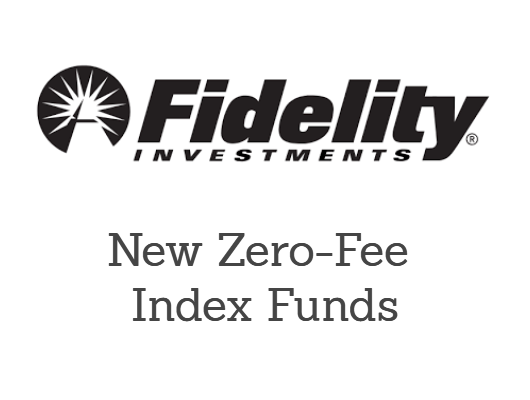This morning, executive Board Member Peter Praet of the European Central Bank (ECB) said that current developments might lead to additional measures. Mr. Praet, who also as the Chief Economist of the ECB, sees a risk in the weaker developments in the world economy and the continuing fall of commodity prices. These developments have the potential to disturb the ECB’s policies in achieving its inflation target of 2%.
ECB ‘Ready to act”
Interestingly, Praet also connected the recent developments with the ECB’s current QE-program and that the institution could make adjustments in the program. He said: ”There should be no ambiguity on the willingness and ability of the governing council to act if needed “ and continued “The PSPP (public sector purchase programme) provides sufficient flexibility to do so in terms of size, composition and length of the programme.” (source: Reuters) This is highly remarkable, since a number of developments in the Eurozone seem to indicate that PSPP is working. Expanding the program wouldn’t make sense at this moment in time. We could regard Praet’s words as a strong verbal intervention. However, we should note that Praet is regarded as a strong indicator of the ideas within the ECB’s Governing Council (GC). The next monitory policy meeting of the GC will be on September 3. For now, it seems too soon to expect that ECB will decide during this meeting for an adjustment in its QE-program. Nevertheless, investors should closely follow the press conference after the meeting.
What will the Fed do?
The current turmoil, ignited by China’s removal of the Yuan-peg, puts the Federal Reserve in a difficult spot. The decision by the Peoples Bank of China (PBoC) has the potential to cause new deflationary pressure, due to a weaker currency and thus cheaper exports to Chinese trade partners. In addition, it underlines the weakness of China’s economy. Earlier this week, PBoC also cut its interest rates. Globally, the US Dollar becomes once more stronger by the day, fueling further deflationary risks. On the other hand, the US economy seems in reasonable shape, as shown in this Wednesday’s durable goods-figures. In July, durable goods rose a season-adjusted 2.0% MoM, more than expected (-0.4%). Core durable goods rose 0.6% MoM, and thus came in above expectations (+0.3%) as well. As we all know, the Fed’s mandate of maximum employment is close in being achieved. So domestic economic developments don’t put a potential rate hike in danger.
However, let’s regard the issue from another dimension without looking at current rates. With the current inflation of significantly below 2% and a threat of fresh deflationary pressure, would this warrant a rate hike? No, certainly not. One could argue this would even warrant a rate cut! Back to reality, this line of thought may show that a rate hike is certainly far from being a done deal (or even a close call!).
All eyes on Jackson Hole
This Thursday, Friday and Saturday, central bankers will gather in the annual Jackson Hole Symposium. Fed’s Chairwoman Yellen will not attend this year, but Vice chairman Fischer will, as well as Bank of England Governor Carney and Vice-President Constancio of the ECB. We can expect a number of headlines coming from this retreat in Wyoming. But headlines quoting Fischer will be the most important. Will he be more dovish than his recent remarks in a Bloomberg-interview where he pointed to the split in results in the Fed’s dual mandate? Also comments regarding market volatility will be closely watched. Fed member Powell indicated in a recent speech that the Federal Open Market Committee carefully considers its decisions to prevent taking the markets by surprise. The next FOMC meeting is scheduled at September 16-17, followed by a press conference on the 17th. The Jackson Hole symposium seems like the right moment to bring more clarity about whether or not we should expect a rate hike in September. Once again, the central stage is for the Central Bankers these days…

